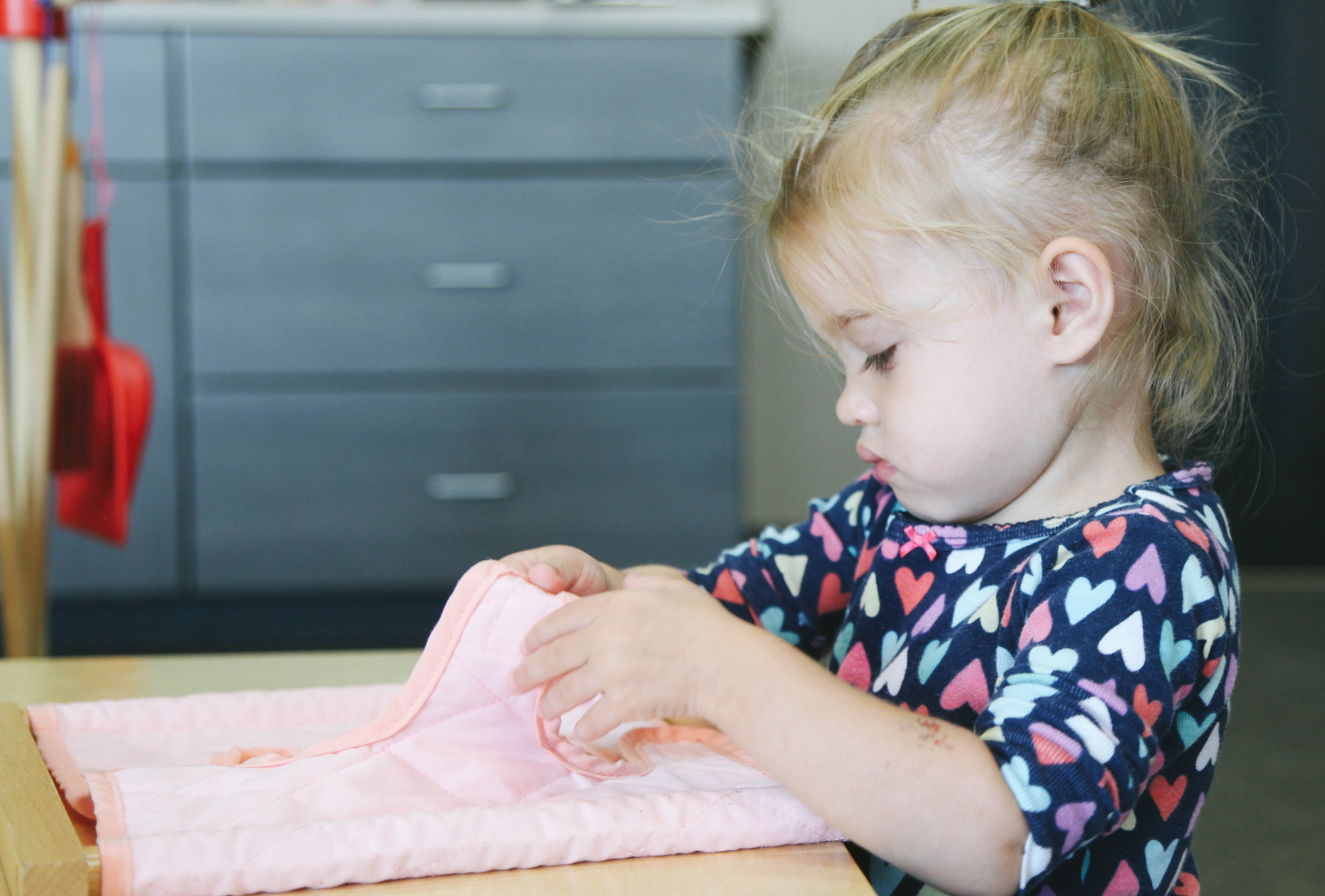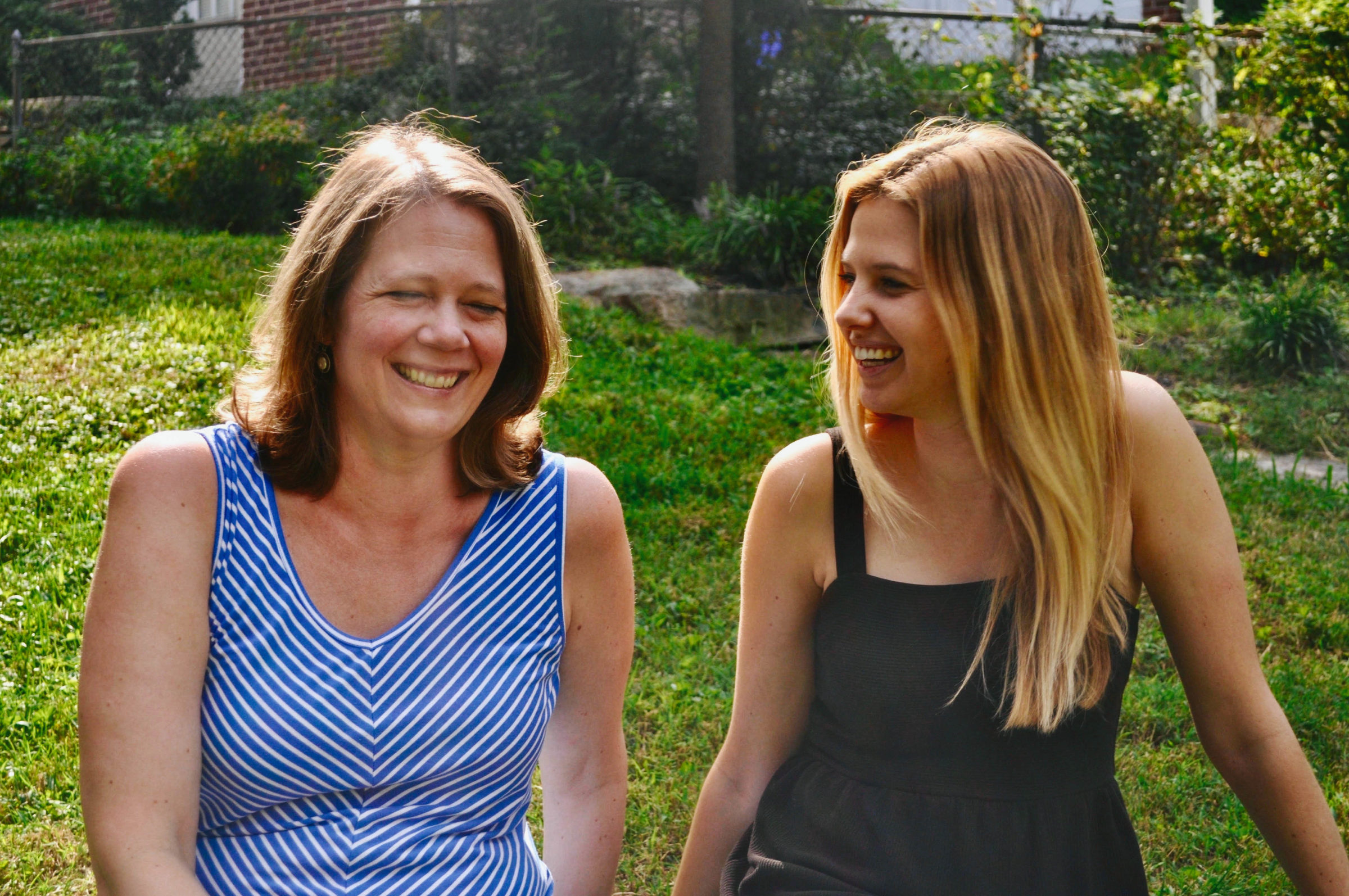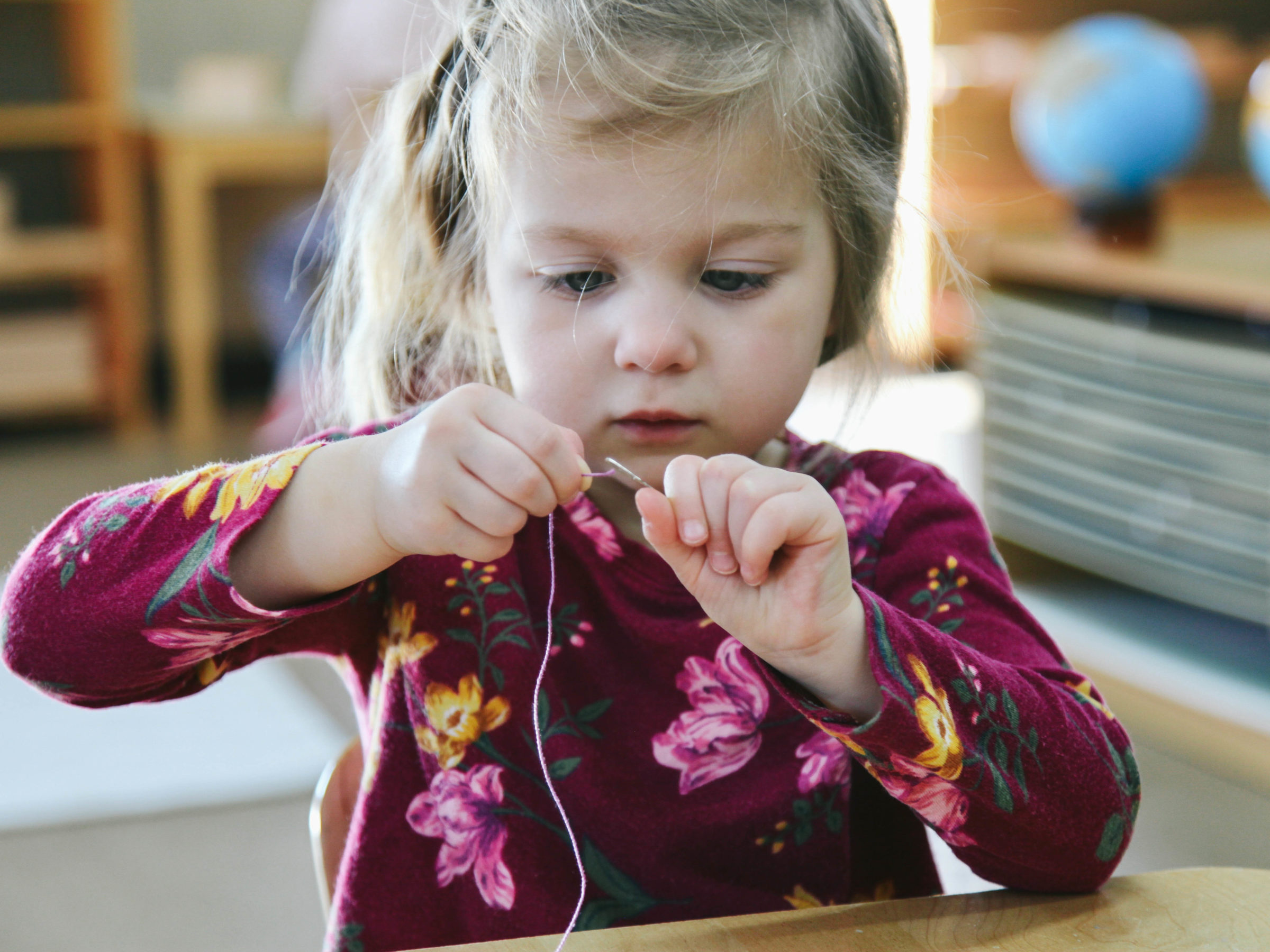From Should Be to Could Be: A Guide for Adults in a Montessori Classroom
Podcasts
This post is a sequel to Should in Montessori, also available on iTunes. Subscribe to the podcast here.
It’s all too easy to stumble into Should. Should is judgmental. Should gets in the way of Following the Child. It’s our expectations, our pre-judgements. It’s also incredibly natural. After all, it’s been said, we don’t see things as they are, we see things as we are. When you woke up on the wrong side of the bed and you’re already running late, the car cutting in front of you is clearly driven by a jerk. When you wake up to chirping birds before your alarm goes off, that exact same car is someone who is in a hurry, or distracted, or just didn’t see you. Good thing I was paying attention! No harm, no foul.
The easiest way to change a habit is to replace it with a different one. A mid-afternoon donut is replaced by a mid-afternoon walk around the block. Stressful evening worry is replaced with a gratitude practice. We don’t just tell ourselves to stop doing something, we give ourselves something TO do, instead.
Our brains are always seeking logical patterns. It’s an incredibly important skill for children, as we discussed in The Absorbent Mind, and how young children learn essentially everything before learning becomes an overt skill. In Montessori, we’re trained to observe, and it’s very difficult to have those observations be value-neutral. Our brains like certainty, black and white, so observations and stillness naturally open the door to judgements. In some ways, this is good. We have to evaluate what we see. We make observations and then our job is to do something. Sometimes our “do something” is sit on our hands and bite our tongues, but even “continue to observe” is something.

Where we get into trouble is when we fall into Should. We put our blinders on, and our perspective becomes more and more narrow. The children’s actions aren’t learning experiences for us, they’re self-fulfilling prophecies, and we love affirming what we already know, what we already expect, about these children.
Let’s change that habit. By something as simple as drawing awareness to this practice, we open the door. We keep that turnstile going, and we move from the closed-door of “should,” to the incredibly open meadow of “could.”
Maria Montessori was a scientist. She would have been intimately familiar with the scientific method, and it’s clear this is how she developed this whole philosophy.
First, observe. What do I see? If we do not observe, we’re not giving the children what they’re ready for, we’re giving them what we’ve decided they’re ready for. That’s that niggling judgement again.
Second, form a question. What is this child showing me? What, if anything do I need to do about it? We too often jump straight from the observation to the action, and this pause, this breath, this question, is what keeps us moving from Should to Could.
“What’s going on here?” “Why might this child be acting this way?” “What is this child showing me?” “What does this child need?”
These questions are genuine, not rhetorical. Could this child need more time? Might this child need more challenge? Is it possible I have waited too long, or rushed the child along? What can I do to help this child be successful?
Third, form a hypothesis. Synthesize all your observations into an idea for what this child needs. This is another easy time for judgment, for should, to jump in. This child needs to get their act together, to work on something age-appropriate, to stop choosing easy work. To avoid this pitfall, add one more word — “me.” This child needs me to back off. This child needs me to extend more grace. This child needs me to review my album so I’m ready for their new big work tomorrow.
Fourth, conduct an experiment. This takes a bit of pressure off. This is all a fantastic experiment! There is no formula. These are not computers, they are children. They’re figuring out how to do this just like we are. Let’s try this, and if it works, wonderful! If it doesn’t work, wonderful! We have a whole toolbox full of other ways to try. There is only one true failing — giving upon a child, giving up on yourself.
Thomas Edison tried two thousand different materials in search of a filament for the light bulb. When none worked satisfactorily, his assistant complained, “All our work is in vain. We have learned nothing.”
Edison replied very confidently, “Oh we have come a long way and we have learned a lot. We now know that there are two thousand elements which we cannot use to make a good light bulb.”
Perspective. The good news is, we’re not trying to invent the light bulb. We’re just trying to help children along this next step in their path. We have so many pieces in place — Maria Montessori did her experiments a hundred years ago, so we’re well on our way. We have our own experience, and the experience of all the guides who have done this before us. We have science and research and modern psychology and neurology and families and colleagues and mentors to help us along.
Finally, we analyze the data and draw a conclusion. What worked, what didn’t? How can we build on this success for next time? This is how we finally quiet the should, and we leave space for what is truly Following the Child.
Written by:
Charlotte Snyder



